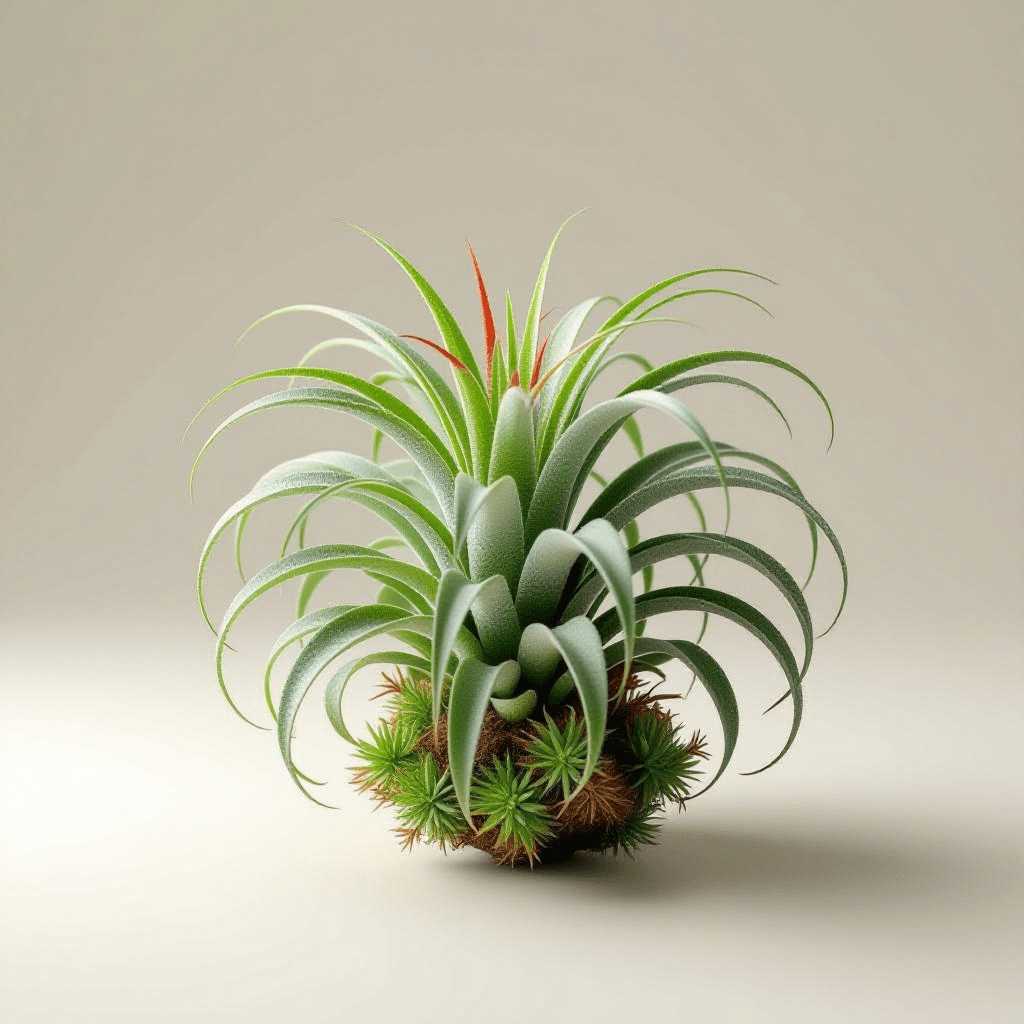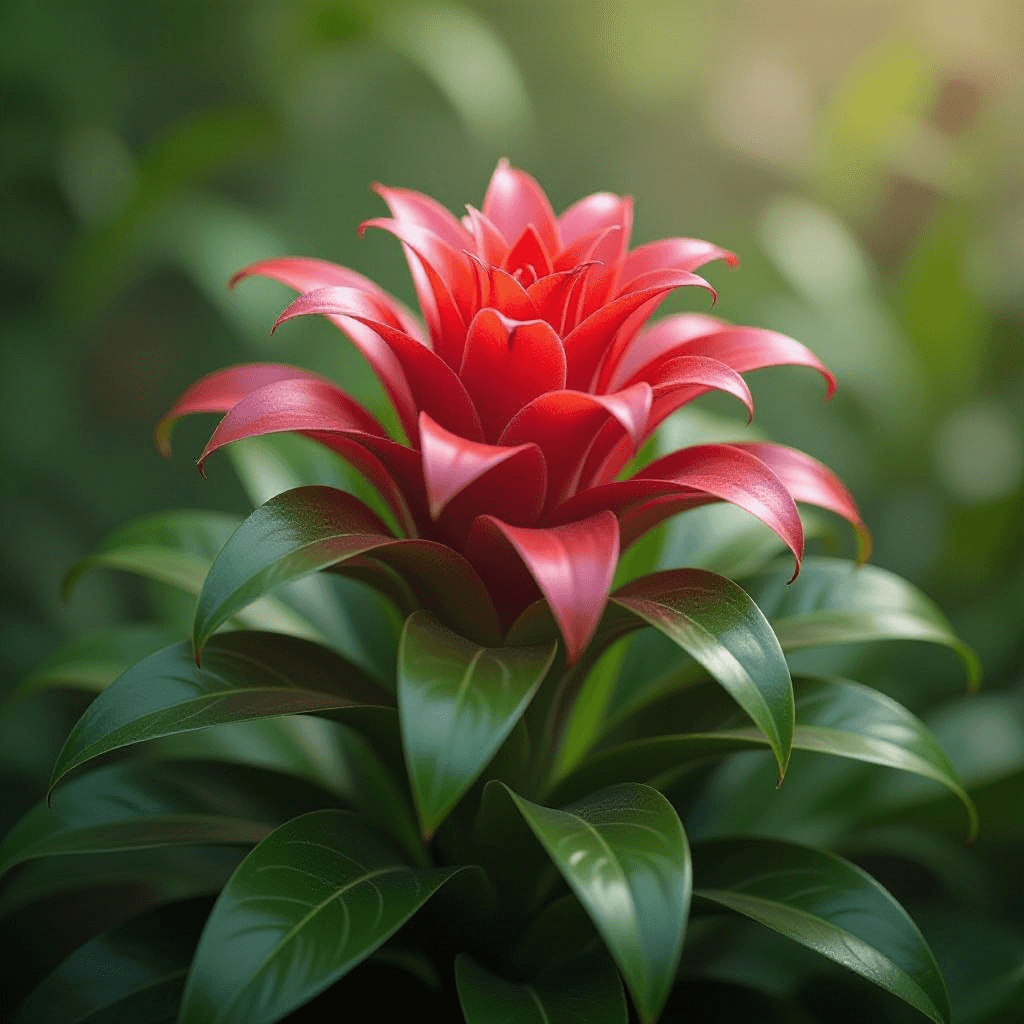Understanding Ferns: A Brief Overview
Ferns are unique, vascular plants that belong to the division Pteridophyta. They are known for their feather-like fronds and ancient lineage, having conquered terrestrial habitats for over 300 million years. Unlike flowering plants, ferns reproduce through spores rather than seeds, which adds to their distinctiveness in the plant kingdom. Their diversity is reflected in the over 10,000 species found around the globe, ranging from tiny ground cover ferns to large tree ferns that can reach towering heights.
Ferns can be broadly classified into indoor and outdoor varieties, each possessing specific care requirements. Indoor ferns, such as the Boston fern and maidenhair fern, are popular choices for home decor due to their aesthetic appeal and air-purifying qualities. They typically flourish in humid environments with indirect light and moderate temperatures. In contrast, outdoor ferns such as the ostrich fern and royal fern thrive in shaded areas of gardens or forests, often preferring rich, moist soil. Understanding the type of fern and its native habitat is crucial for successful cultivation, as both indoor and outdoor varieties have varying lighting and watering needs.
Creating the right environment is essential for ensuring ferns remain healthy and vibrant. Most ferns prefer bright, filtered light, but direct sunlight can lead to leaf scorch. Humidity plays a significant role as well; ferns generally thrive in conditions that mimic their natural, moist habitats. It is beneficial to maintain humidity levels around 40-60% for optimal growth. Temperature is another critical factor, with most ferns preferring range between 60°F and 75°F. By providing these ideal conditions, care for ferns can be both manageable and rewarding, allowing these remarkable plants to flourish and enhance indoor and outdoor spaces alike.
Light and Watering Requirements
Ferns, known for their lush foliage and delicate fronds, require specific light and watering conditions to thrive. Understanding the ideal lighting for ferns is crucial, as different species have varying tolerances to light exposure. Generally, ferns prefer indirect sunlight, as direct rays can scorch their leaves. A spot near a north or east-facing window often provides the gentle light ferns appreciate, while certain species, such as the Boston fern, can tolerate slightly brighter conditions. Conversely, species like the maidenhair fern thrive in shadier environments, making it important to match the fern type with the appropriate lighting conditions.
When it comes to watering, ferns typically flourish in consistently moist soil. However, the frequency of watering will depend on several factors, including temperature, humidity, and the specific type of fern. A good rule of thumb is to check the top inch of soil; if it feels dry, it is time to water. It is crucial to remember that ferns are particularly sensitive to overwatering, which can lead to root rot. Signs of overwatering include yellowing fronds and a soggy, waterlogged soil texture. On the other hand, underwatering can cause fronds to wilt and become crispy around the edges.
To maintain the health of your fern, using well-draining soil is essential. This type of soil prevents water retention that can lead to root issues. Additionally, incorporating perlite or sand can improve drainage. Monitoring moisture levels is vital, and utilizing a moisture meter can be an effective way to ensure consistent hydration without the risk of over or underwatering.
By understanding the balance of light and water needs, ferns can be kept happy and healthy, allowing them to flourish in your home or garden.
Humidity and Temperature Needs
Ferns are known for their lush foliage and are optimal when grown in environments that maintain high humidity levels. The reason humidity is vital for these plants stems from their natural habitats, which typically include tropical and subtropical regions where moisture is abundant. Low humidity can lead to dry fronds, browning tips, and may ultimately result in stunted growth or plant decline. To promote a thriving home for ferns, it is advisable to replicate these moist environments as closely as possible.
One effective method to ensure adequate humidity is through misting. Regularly spraying ferns with water can replicate the natural condensation they experience in the wild. However, it is essential not to overdo this practice, as excessive moisture may encourage mold or mildew. Another strategy involves utilizing humidity trays, which can be filled with small pebbles and water. Placing your fern pots on top of these trays allows the plants to absorb moisture through the air, creating a microenvironment that promotes fern health.
Moreover, positioning ferns in naturally humid areas such as bathrooms or kitchens is beneficial. These locations often have higher humidity levels due to daily activities like showering or cooking. Alongside humidity, maintaining stable temperatures ranges between 60°F to 75°F (15°C to 24°C) is crucial. Sudden temperature changes can shock ferns, leading to stress that affects their growth. It is advisable to keep these plants away from drafts or near heating systems, as extreme temperatures can cause irreversible damage. By thoughtfully managing humidity and temperature, you can enhance the longevity and vibrancy of your ferns, ensuring they remain a lush component of your indoor greenery.
Fertilizing and Pruning Your Ferns
Fertilizing and pruning are essential practices to ensure the health and vitality of your ferns. When it comes to fertilization, it is crucial to select the right type of fertilizer. A balanced, water-soluble fertilizer with a ratio such as 20-20-20 is often recommended for ferns. This type provides the necessary nutrients that promote green foliage and robust growth. Fertilization should typically begin in the spring as new growth appears and continue until late summer. The frequency of application can vary based on the type of fern and its growing conditions; generally, a monthly feeding during the growing season suffices.
Observing your ferns can also indicate when fertilization is necessary. If the leaves appear pale or the growth seems stunted, these may be signs that your fern requires additional nutrients. In contrast, during the winter months, many ferns enter a period of dormancy, and reducing or entirely withholding fertilizer during this time is advisable. This approach helps prevent nutrient build-up, which can harm the plant.
Pruning ferns is another critical aspect of maintaining their health. Regularly removing dead or damaged fronds enhances air circulation and promotes the growth of new leaves, ensuring the plant remains robust. It is best to prune ferns in the spring before new growth emerges, allowing the plant to allocate its energy towards rejuvenation. When pruning, use clean, sharp scissors to make cuts at the base of the fronds. Aim to remove only those fronds that are brown or heavily damaged, as excessive trimming can stress the plant.
By following these fertilizing and pruning guidelines, you can help your ferns thrive and continue to bring beauty to your indoor or outdoor spaces.


